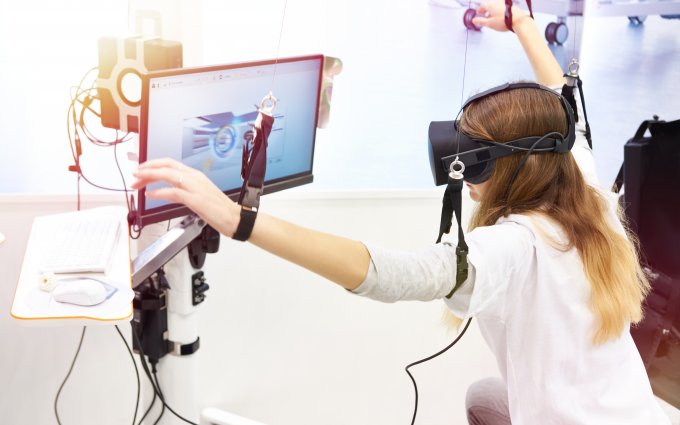01/20/2015

Wearable technology is a fast-growing trend. Business Insider predicts that in 2018, the wearable device market will be worth about 12.6 billion, up from 5.2 billion in 2014 – a 144% growth rate. The sector comprising wearables in healthcare is expected to be worth $5 billion by 2020, according to iData Reports. This year’s Consumer Electronics Show (CES) showcased some of the up-and-coming trends for wearables in healthcare.
As baby boomers age, the popularity of wearable electronics may shift from the fitness and workout sector into healthcare, helping doctors and nurses monitor patients remotely. According to USA Today, connected healthcare devices could trump fitness applications in coming years as the first boomers turn 70 in 2016. Collecting accurate, precise data and keeping it private and secure are paramount concerns for healthcare applications – and that’s a tough order to fill.
CES 2015 Wearables
In 2015, wearables at the Consumer Electronics Show went far beyond wristwatches and around-the-ribs heart monitors. According to ZDNet, this year’s CES featured smart hearing aids ( with Bluetooth connections to a phone or tablet), a game that helps improve back problems, a hands-free, pediatric temperature monitor and a pool-floating UV sensor tracking swimmers’ sunscreen levels. Innovative technologies monitor health variables, improve existing problems and prevent new ones.
According to an IB Times preview, one of the highlights of 2015 was A&D Medical’s new Apple Health, an app that connects to a full suite of blood pressure monitors, activity trackers, scales and other biometric devices. Other major competitors that showed up at CES were FitnessScript and Myfuelup, but those share more with traditional fitness apps than the targeted form wearables in healthcare will likely take in the coming years.
Paradigm Outcomes in 2015
Here at Paradigm Outcomes, we’re watching emerging healthcare tech trends with an eye toward future applications in complex case management. This kind of holistic monitoring could help healthcare teams access and compare data to improve patient outcomes in the coming years. As long as privacy concerns can be satisfactorily addressed, this kind of integrated healthcare package suggests a bright future for the state of even catastrophic healthcare.